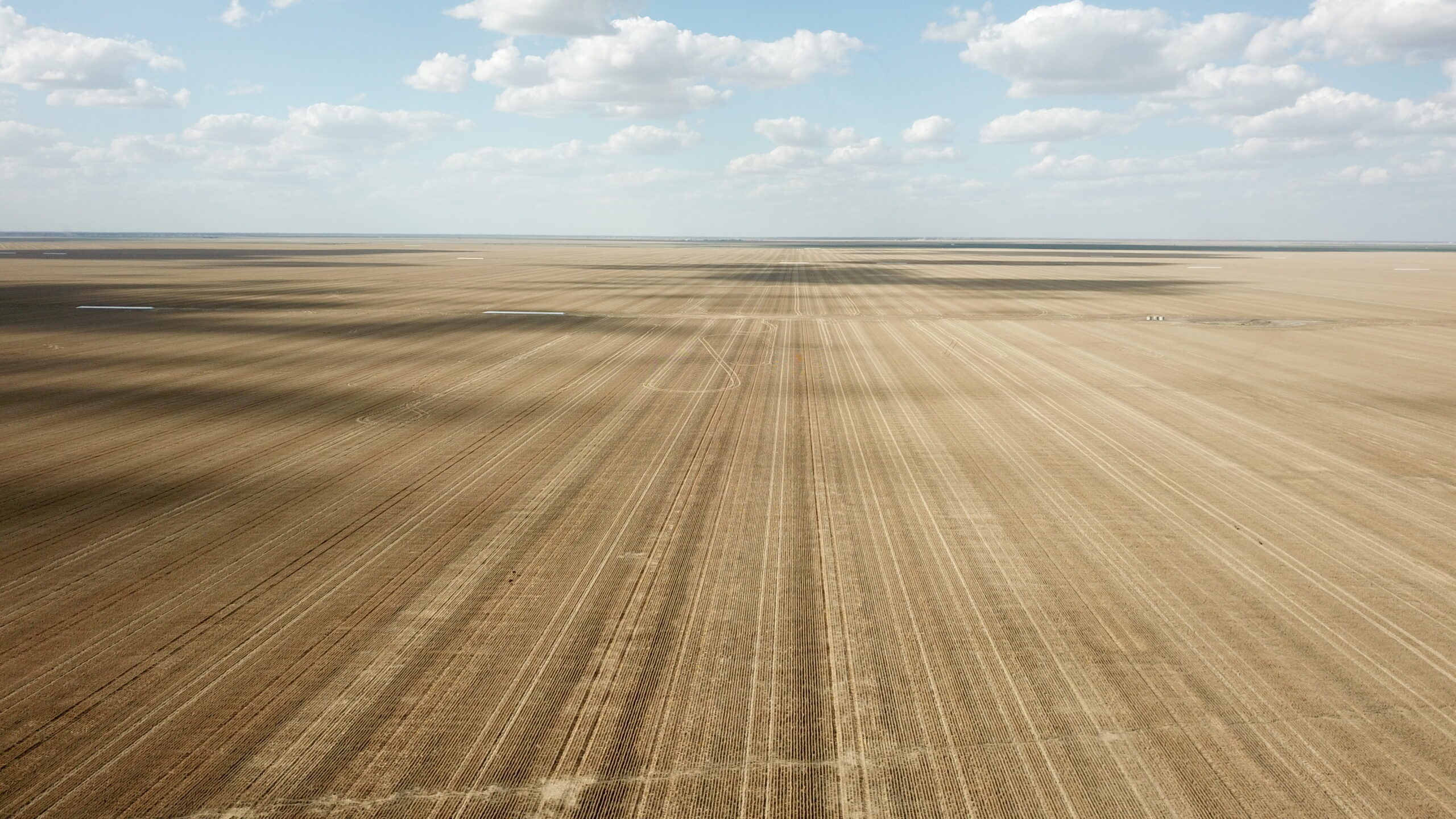Synopsis
Land ownership has been a key focus of recent public and academic debates surrounding the future of rural and regional Australia. The growing interest in this topic in the past two decades has been triggered by concerns over the role of land ownership on agriculture and the sustainable management of rural land. Significant public attention has been given to the loss of agricultural land to non-agricultural uses, such as mining and rural residential uses.
Who buys and sells rural land is particularly pertinent as property prices continue to rapidly increase. Other key areas of focus have been the role of domestic and international corporations in food and fibre production and the relationship between land ownership and water. The diversity of processes happening in rural spaces prompts a suite of questions about how the ownership of rural land changes over time.
- To what extent are these processes driven by existing landowners or new entrants to regions?
- What does this imply for the concentration of land ownership in regions?
- Is the rate of land ownership change accelerating or slowing over time?
- How do dynamics of land ownership change differ between regions?
Despite the increasing public attention on patterns and effects of land ownership change, there has been a lack of authoritative assessment of long-term regional and state-wide trends in rural land ownership in Australia. The purpose of this research project is to fill this analytical gap for the state of New South Wales (NSW). To do so, a rigorous spatial inquiry methodology is applied to a purpose-built database of over 9 million records based on synthesising land titles and cadastral data for rural NSW for the 16-year period between 2004 and 2020.
Why?
- The project aims to inform ongoing public policy debates on the future of rural land by providing evidence-based analysis of the dynamics of rural land ownership change.
- The need by NSW DPI for better information about how changes in rural-land ownership are impacting upon agricultural productivity, rural social infrastructure and rural socio-ecological resilience.
- Benefits to international and Australian rural research communities from the establishment of an overarching model that explains the roles and impacts of land ownership change.
Methods
We are using a mixed-methods approach to investigate the relationships between land ownership changes and agricultural commodities, drought, farming structure and planning instruments.
Quantitative
The project is underpinned by longitudinal analysis of land ownership registration changes for a 16 year period (1 January 2004 to 1 January 2020). Quantitative, spatial and statistical have been used to measure annual rates of change and relationships across different axes including:
- Dominant land use activities (agricultural; cropping; grazing; horticulture; irrigation)
- Exposure to drought
- Spatial differentiation and administrative boundaries (multi-scalar approach: state, regional and local government areas).
- Planning instruments (minimum lot sizes, zoning, dwelling entitlements).
Qualitative
Focus group discussions and interviews with key informants from government, industry and rural communities have been used to gain insights about localised factors and trends influencing dynamics of change. Stakeholders include local/state government staff, real estate agents, landholders, primary producers, agricultural extension officers, rural advisors, and community leaders.
To address the diversity of rural landscapes across NSW, a transect approach has been adopted for in depth exploration of processes.
- Northern NSW (Ballina to Moree) – November 2020
- Hunter & Hinterland (Mid Coast to Warrumbungle) – January 2021 and 2022
- Central West (Bathurst to Lachlan) – April 2021
- Riverina (Wentworth to Murray) – 2022
Project Outputs
- NSW Overview Report detailing our research methods and key trends.
- Reports for each case study transect.
- Peer -reviewed articles.and research presentations.
- Interactive web map.
Publications will be uploaded here as they become available.
Key themes and Research Questions
This project seeks to address five key themes in relation to these challenges.
| Theme | Research Questions |
|---|---|
| 1. Agricultural commodities | How do the incidence and characteristics of land ownership change differ across agricultural‐commodity systems and how can this information help policy formulation that seeks to enhance the efficiency and sustainability of the agricultural economy? |
| 2. Corporate agriculture and the ‘family farm’ | To what extent are declining numbers of farms explained via processes of consolidation, particularly associated with the acquisition of ‘family farms’ by larger agri-corporate entities? |
| 3. Water sensitivity | How responsive are the incidence and characteristics of land ownership change to the effects of water scarcity? Do more farms change hands during drought? |
| 4. The effects of planning decisions | How do planning rules relating to the subdivision of rural land affect ownership and land use patterns, with reference to: (a) conversion of farmland to non-farm uses; (b) changes in average farm property size, and (c) any correlation between the construction of a dwelling on a property and its use for productive agricultural purposes? |
| 5. The economic impacts of farm subdivisions | How does subdivision of farms, if it replaces traditional agriculture with rural residential land uses, impact on the economies of local towns? How is this related to potential land use conflicts arising from this process, especially in relation to nuisance complaints? |

Publications
You can read more about our methods and key findings in our publications here. Project outputs will be published here as they become available.
Acknowledgments
- This work is supported by funding from the Australian Research Council [research grant LP170101125 ‘The impacts of land ownership change on rural social and economic change’]; and the New South Wales Department of Primary Industries.
- Research reported here has the approval of the University of Sydney Human Research Ethics Committee (Protocols 2018/020 and 2019/749).
- This research is supported by datasets made available from NSW Government Custodians. We wish to particularly thank:
- NSW Land Registry Services (and formerly, NSW Land & Property Management Agency);
- NSW Department of Primary Industries;
- NSW Spatial Services;
- NSW Department of Planning, Industry and Environment;
- Australian Bureau of Statistics.
- This project has oversight from the project’s Steering Committee in the NSW Department of Primary Industries, and we wish to thank its members for their contributions. Additionally, we also thank the project liaisons, Tamara Prentice, Mary Kovac, Selina Stillman and Robyn Hean for the assistance.
- All views and opinions expressed here are the authors’ own and do not necessarily represent those of University of Sydney or the NSW Department of Primary Industries.


